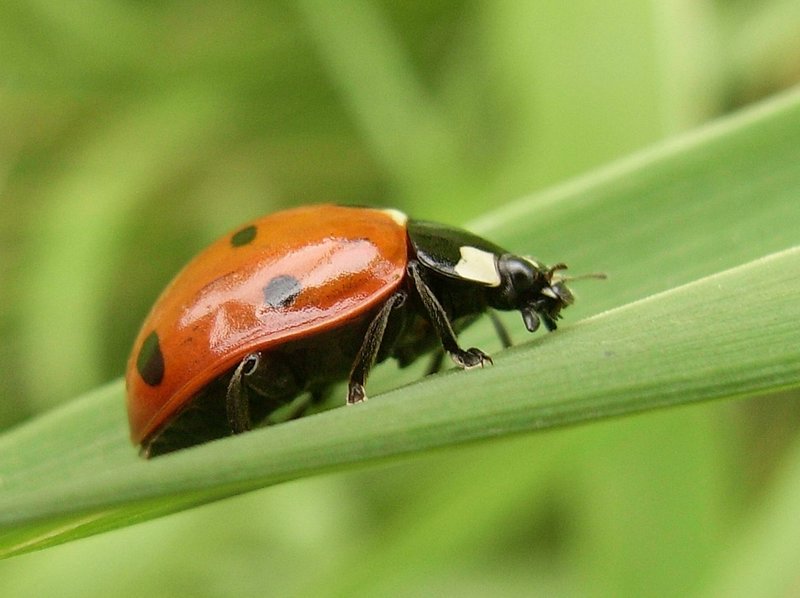
septempunctata was collected from Wytham Farm, Oxfordshire (biological vice-county: Berkshire), UK (latitude 51.779, longitude -0.317) by Liam Crowley, University of Oxford, using a pooter. Sample acquisition and nucleic acid extractionĪ single female C. An interactive version of this figure is available at. A summary of complete, fragmented, duplicated and missing BUSCO genes in the endopterygota_odb10 set is shown in the top right. The blue and pale-blue area around the outside of the plot shows the distribution of GC, AT and N percentages in the same bins as the inner plot. The pale grey spiral shows the cumulative scaffold count on a log scale with white scale lines showing successive orders of magnitude. Orange and pale-orange arcs show the N50 and N90 scaffold lengths (41,442,133 and 24,000,787 bp), respectively. The distribution of scaffold lengths is shown in dark grey with the plot radius scaled to the longest scaffold present in the assembly (71,177,040 bp, shown in red). The main plot is divided into 1,000 size-ordered bins around the circumference with each bin representing 0.1% of the 398,868,586 bp assembly. Genome assembly of Coccinella septempunctata, icCocSept1.1: metrics. It has been repeatedly introduced to North America as a biological control agent against aphids in agricultural systems.įigure 2. The broad geographic success of this species may be underpinned by its ecological plasticity based on both genetic and phenotypic polymorphisms ( Hodek et al., 2013). It overwinters as an adult in among foliage, dead plant material and leaf litter. The 7-spot ladybird is a predatory species, feeding on a wide range of aphid species both as a larva and as an adult. The scarce 7-spot ladybird, Coccinella magnifica, is very similar, but can be distinguished by its larger black spots, and additional pair of white markings below the legs on the underside.


Adults are large (5–8 mm), conspicuously marked species with vivid red elytra marked with 7 black spots. It can be found across a wide range of habitats including gardens and agricultural land. It is widespread and abundant throughout its native range of Europe, Asia and North Africa, although it’s distribution trend in the UK is decreasing ( Roy & Brown, 2018). The 7-spot ladybird, Coccinella septempunctata Linnaeus, 1758, is an iconic species of ladybird and one of the most common in the UK and across Europe.


 0 kommentar(er)
0 kommentar(er)
